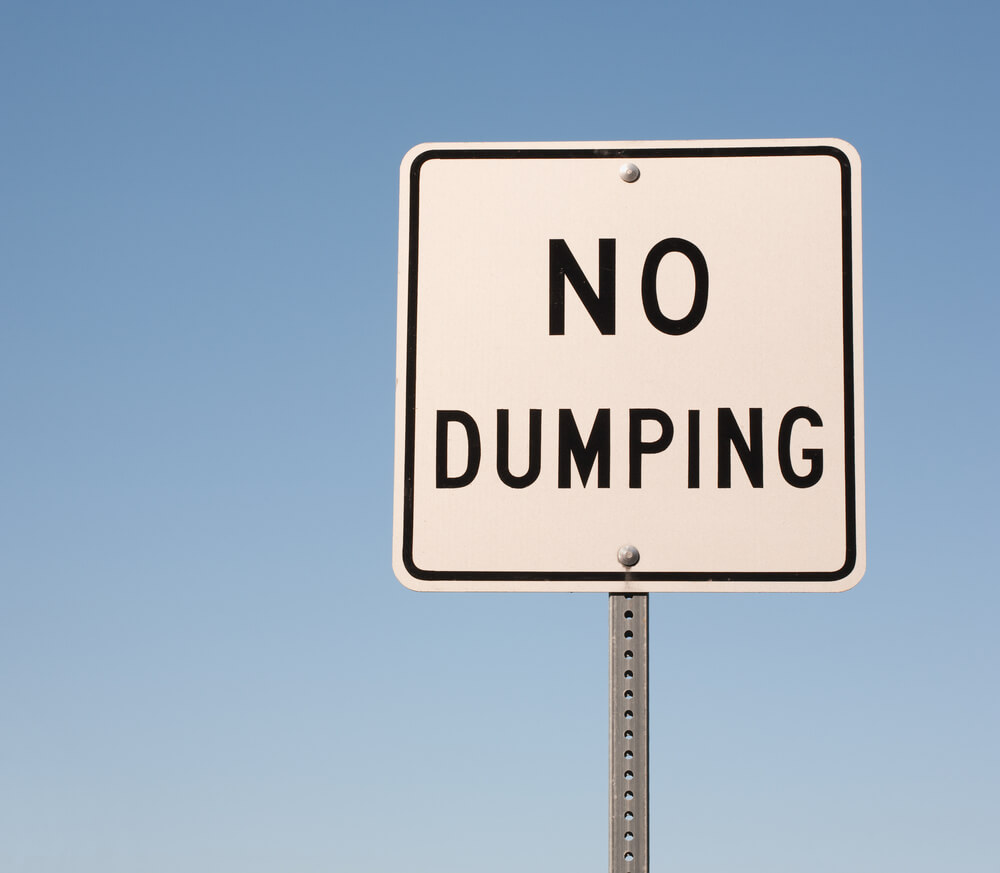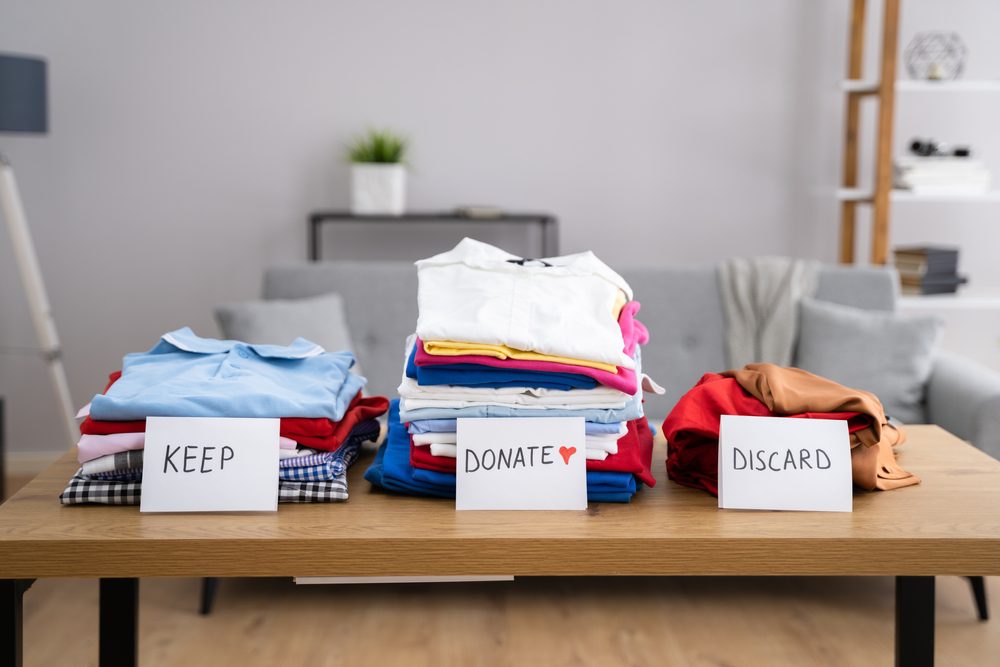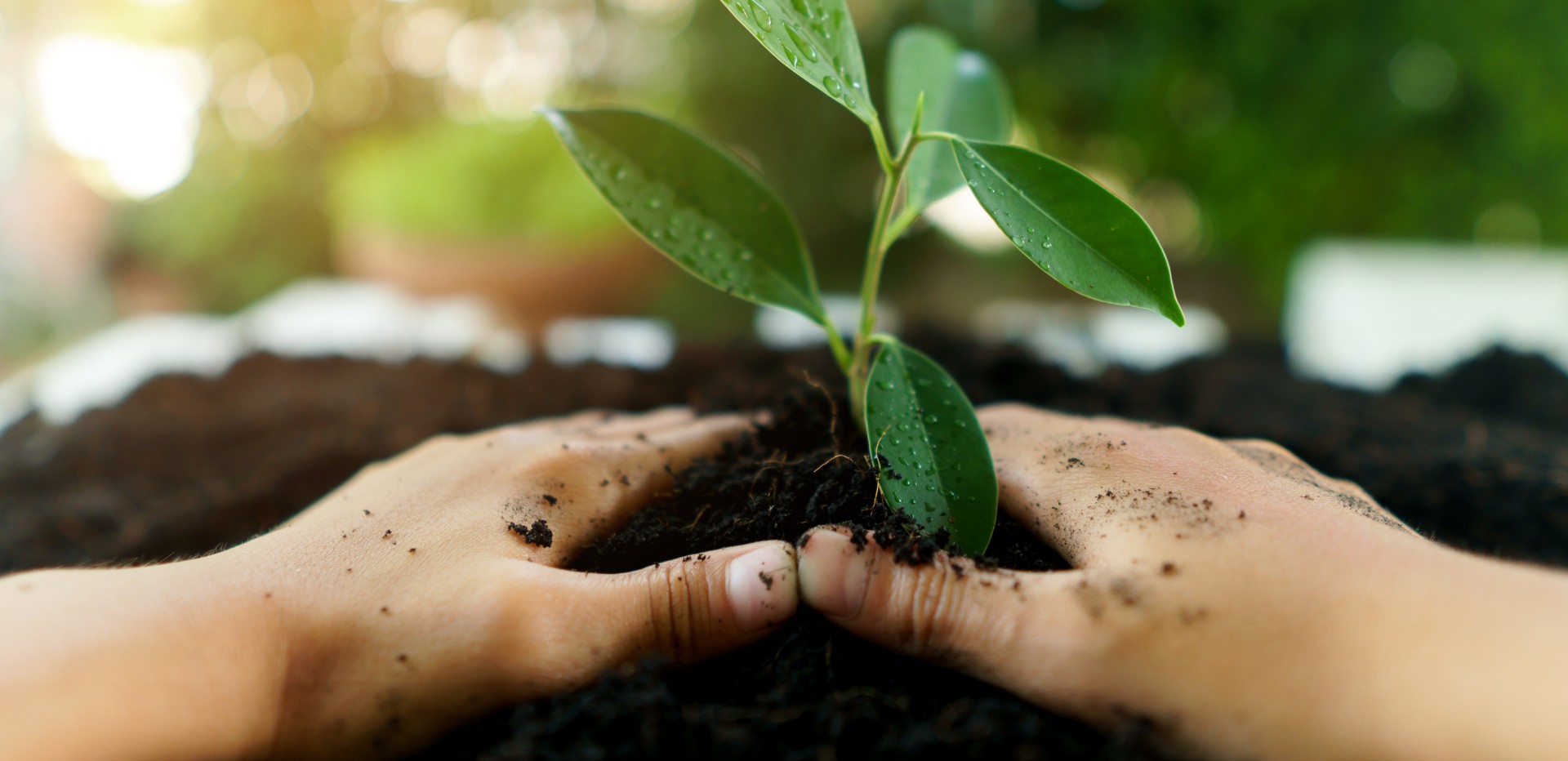Marie Kondo and her KonMari method bring a whole new fervor to spring cleaning. Whereas we used to approach this activity with obligatory checklists of hard-to-reach or often-neglected spots that need a good scrub, it’s now also an opportunity to rid our lives of extra baggage (figuratively and literally) that’s cluttering our spaces and weighing us down. There’s something so satisfying about seeing all our junk piled up in glossy trash bags, just ready to be taken away. But where do those trash bags go, and can we be sure that their final destination will also “spark joy”?
The EPA estimates that Americans alone generate around 254 million tons of trash annually, with rubber, leather, and textile materials making up about 9% of municipal solid waste. When waste isn’t diverted (i.e. recycled, upcycled, or composted), it often ends up in landfills or as litter. This isn’t to say that people shouldn’t get rid of things they don’t want or need, but it does mean that there’s a strong precedent to be just as mindful of how we dispose of these items as we are about choosing which items to dispose of in the first place.
To assist you (and our natural Texas environment!) in your spring cleaning efforts, we’re providing guidance on sustainable and useful ways to dispose of the most common household items to get the boot when cleaning out, KonMari style.
How to Sustainably Dispose of Items Using the KonMari Method
1. Clothing
Tossing unwanted and old clothing in donation boxes isn’t always the best route. Only a small percentage of donated clothes actually find a new home, with the remainder of the items ending up in a landfill or otherwise unused. Many organizations that manage donated clothing have more clothing than is actually needed.
Instead, try these methods of disposing of clothes:
Make a profit off your clothes at second-hand stores
As a first step, try selling unwanted clothing to local second-hand stores to make a couple of extra bucks. Most second-hand stores uphold very specific requirements for the types of items they’ll buy from you, so expect to have a few pieces of clothing left.
Host a clothing swap
One person’s old band shirt is another person’s treasure. Host a clothing swap with friends to find new favorite pieces of clothes rather than buying more.
Upcycle: Give old clothing new purpose
There are tons of ways to upcycle clothes, from weaving rugs out of denim to cutting up shirts to use as wash rags. You don’t have to be an experienced crafter to get new life from old clothing.
2. Books
There’s no need to keep a book you’ll never read, but that doesn’t mean someone else won’t. Here are a few quick and easy ways to get rid of books you no longer want taking up space on your shelves:
Donate books to your local library or thrift stores
Libraries will often accept gently-used books and magazines. You can take the remainder of the books the library doesn’t accept to your local thrift store.
Sell books to a used-book retailer
Used-book retailers like Half Price Books will pay varying amounts for books based on demand.
Upcycle falling-apart books
If you have a book that’s truly falling apart, consider repurposing the pages as envelopes, art canvases or gift tags.
Give books away to friends and family
If you’re feeling extra thoughtful, give your friends and family members the books you think they’d be most interested in.
3.Papers
Most paper can be recycled, but not all. Here’s how to properly dispose of common forms of paper from your house:
Recycle or upcycle brown paper
While brown paper is recyclable, it can also be upcycled as placemats or wrapping presents.
Recycle printer paper, newspapers, and magazines
You can recycle paper from your printer, that comes in the mail, from a notebook, and in used for magazines and newspapers.
Upcycle shredded paper
Shredded paper often can’t be recycled, as its loose material often is not strong or large enough to make it through the baling and pulping process for recycling. Instead of putting shredded paper in the recycling bin, consider using it as a packaging material or in compost bins.
Toss receipts in the trash
Unfortunately, receipts and receipt paper cannot be recycled due to their BPA coatings. The slick plastic makes it a mixed material, which cannot be broken down with other paper materials. If you’d prefer to not immediately throw receipts in the trash, consider using them for future shopping lists so they can serve a second use.
To avoid amassing paper receipts in the future, opt for email receipts, which most stores now provide.
4. Miscellaneous Household Items
This portion of the KonMari method pertains to basically everything in your household that isn’t clothing, books, paper, or sentimental items. The best way to approach this step is by room or category, including kids rooms and toys, the home office, cleaning supplies, kitchenware and goods, decor, the garage, and bathrooms.
Here’s how to toss the most common, yet tricky-to-dispose-of items in the step:
Household Cleaners
The best option for getting rid of household cleaners is to actually use them! However, if you’re unable to use them or donate them to a good home that will, most cleaners have instructions on the label for proper disposal.
Water-soluble products such as window cleaners, soaps, and detergents can be safely disposed of in the sink if they’re liquid or in the trash if they’re solid. However, some items may have specific instructions on their labels so be sure to double check.
If you’re able to get rid of your cleaners at home, don’t forget to rinse and recycle the plastic bottles or containers. If you’re unable to safely dispose of your cleaners at home, there’s likely a hazardous waste collection facility in your area that will accept the product and manage proper disposal.
Appliances
If you’re looking for a way to get rid of an old, broken appliance (large or small), a local scrap metal recycler such as TDS is your best option for responsible disposal. Household appliances typically contain a variety of reusable resources, such as ferrous and non-ferrous metals, that can be easily recycled.
If you’re looking to get rid of larger appliances, like refrigerators or washers and dryers, call ahead to schedule a curbside pickup. Most recyclers will require you to empty your fridge of freon or other chemicals inside the appliance.
Electronics
If your old digital devices have seen better days and are no longer in working condition, it’s important to make sure these items don’t end up in a landfill. Electronics such as laptops, desktop computers, cell phones, and TVs contain a variety of raw materials that can be recovered and reused, like gold and glass. Additionally, electronics contain toxic materials, like mercury and lead, that can be released into the environment if they’re not properly disposed of.
Luckily, e-waste recyclers are relatively common these days and are simple to find with a quick online search. Several facilities such as the TDS integrated facility in southeast Travis County accepts both e-waste and metals for recycling.
Furniture
If you need to get rid of furniture that is in bad shape and beyond repair or donation, consider renting a mini-roll off dumpster or dropping off your items at a local landfill for proper disposal. Don’t just leave your furniture on the side of the road in hopes that someone else will pick it up.
If you don’t have access to a vehicle large enough to transport the furniture to a local landfill, try contacting your municipal services to inquire about upcoming bulk collection days. If your old furniture is predominantly made of metal, we also recommend looking up a local scrap metal recycler so these valuable resources can be put to good use.
5. Sentimental Items
Sentimental items often include objects like pictures, passed-down clothing, old Birthday cards, and souvenirs. While some of these items are easy to recycle or donate, it can be challenging to know the best way to deal with the other seemingly more random items.
For the items it’s not so easy to dispose of, here are some ideas:
Upcycle
If there’s a sentimental item you just can’t stand the thought of parting with but know that you’ll never use or don’t particularly want to keep as is, consider ways to repurpose it. Stones in jewelry, for instance, can be re-set into other pieces of art or jewelry.
Give it to someone who might value it more
Passed-down family items, for instance, can be given to other family members who may have been eyeing it.
Organize it
Just because a stack of old notes or pictures is stressing you out doesn’t necessarily mean you should get rid of it. Place old notes in a folder or use this opportunity to scrapbook.
Avoid Clutter In the First Place
A tried and true way to decrease clutter in your life is to simply consume less. Once you’ve rid your home of unwanted and unneeded items in a sustainable way, check your cleaning supply before buying more soap or consider how you can use items you already own to accomplish a task.
Still unsure of how to dispose of certain items? Check out the Waste Wizard for guidance on how to best dispose of practically any item in your house.



